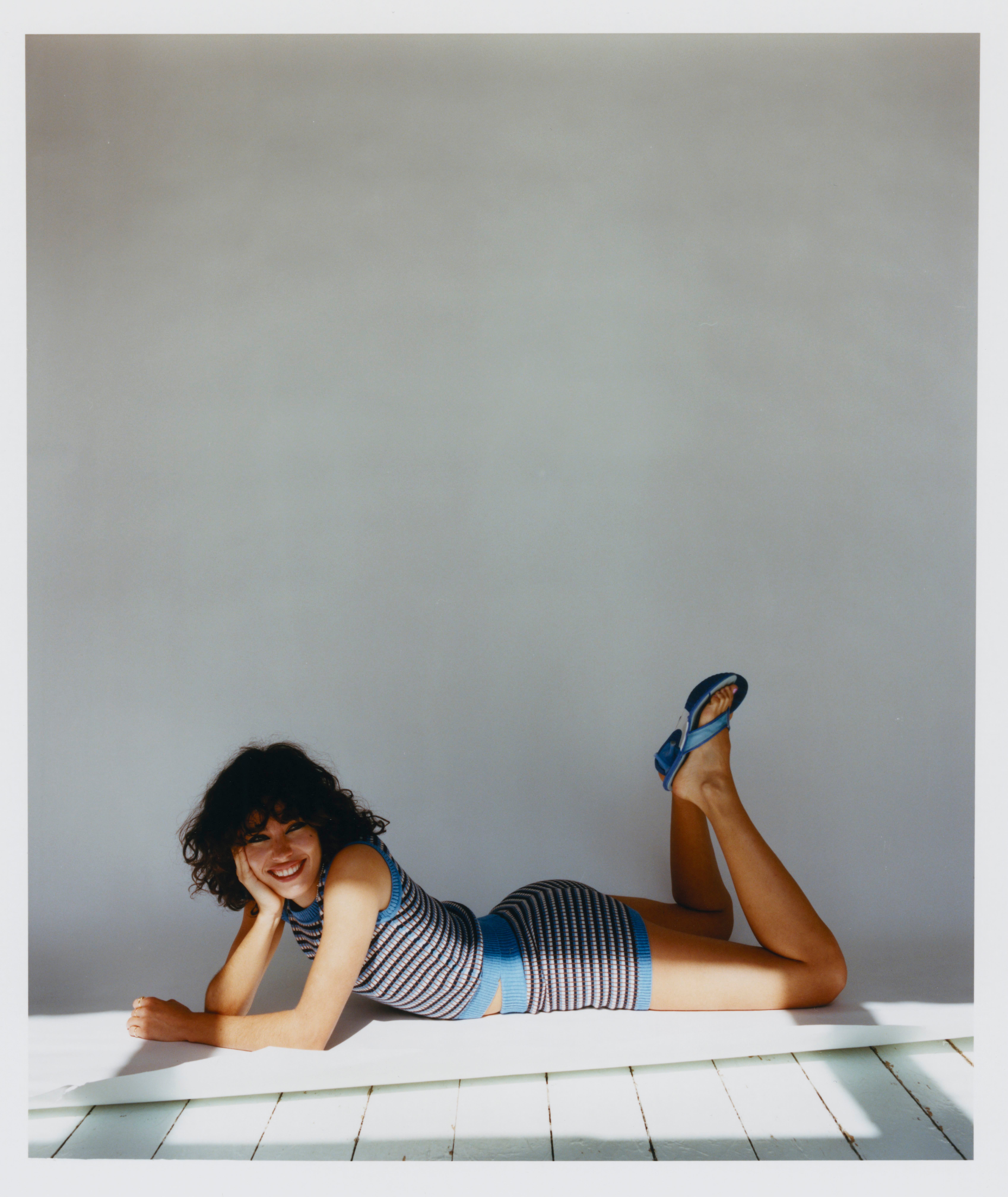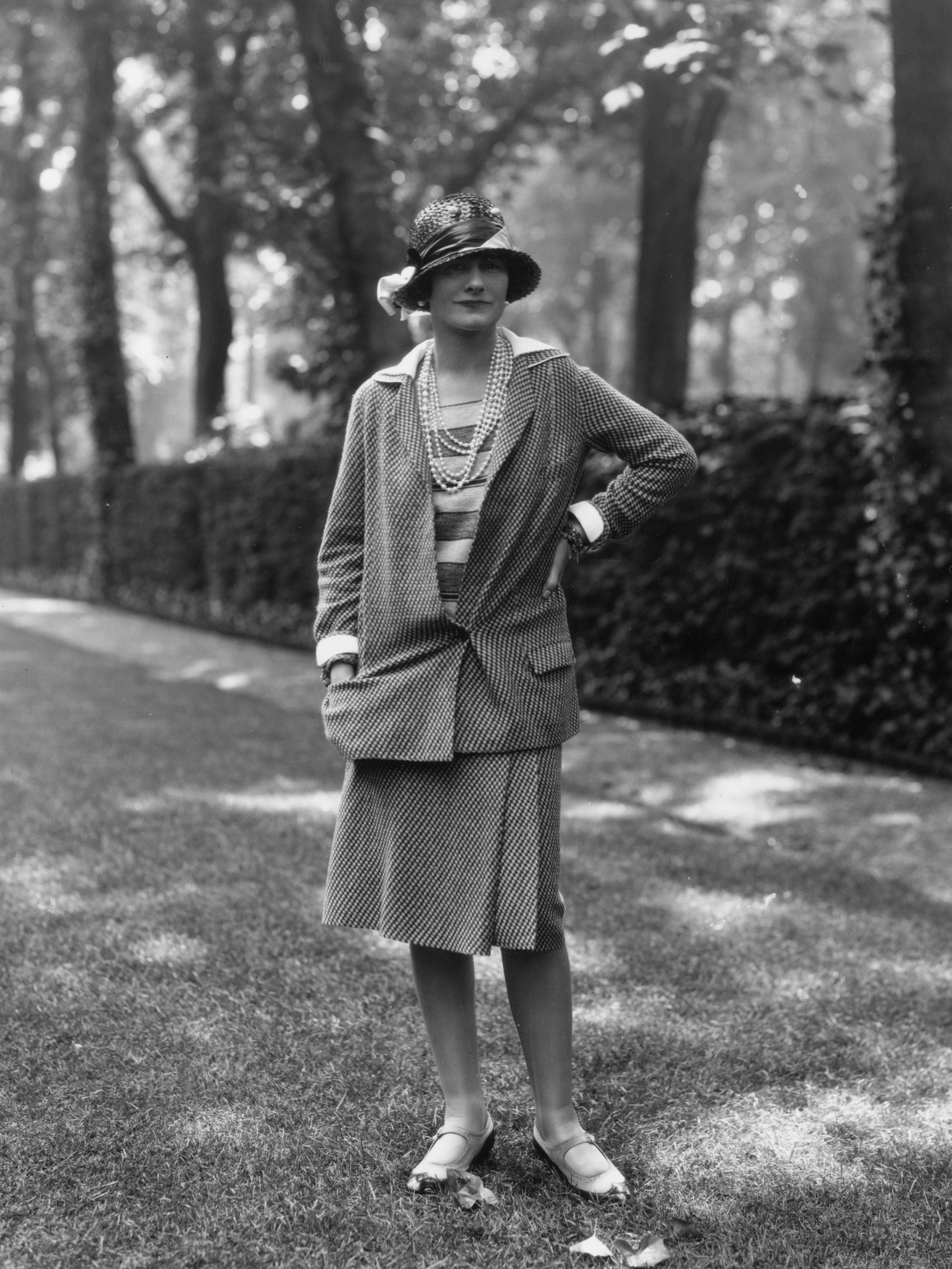The Independent's journalism is supported by our readers. When you purchase through links on our site, we may earn commission.
Twice as nice: How the fashion set fell back in love with co-ords
As lockdown restrictions ease and we slowly peel ourselves out of our loungewear, Olivia Petter looks at the resurgence of a centuries-old trend that has us playing dress up


Your support helps us to tell the story
From reproductive rights to climate change to Big Tech, The Independent is on the ground when the story is developing. Whether it's investigating the financials of Elon Musk's pro-Trump PAC or producing our latest documentary, 'The A Word', which shines a light on the American women fighting for reproductive rights, we know how important it is to parse out the facts from the messaging.
At such a critical moment in US history, we need reporters on the ground. Your donation allows us to keep sending journalists to speak to both sides of the story.
The Independent is trusted by Americans across the entire political spectrum. And unlike many other quality news outlets, we choose not to lock Americans out of our reporting and analysis with paywalls. We believe quality journalism should be available to everyone, paid for by those who can afford it.
Your support makes all the difference.Finally, we have a reason to get dressed up. After months of staying in, swaddled in old T-shirts and tracksuit bottoms, there’s an excuse to wear something else. Something that will be seen by people outside your household and those who don’t frequent your local supermarket, post office, or pharmacy. And so as lockdown restrictions continue easing across the UK, it makes sense that many of us want to have fun with fashion again. Forget comfort, the sartorial mood du jour is joy. Enter co-ords, the centuries-old trend that’s making a comeback this season.
For the uninitiated, a co-ord (an abbreviation of co-ordinates) is the nickname given to a matching two-piece outfit, with both parts usually made from the same fabric, colour, or pattern, or all three. I know what you’re thinking. And yes, suits are technically co-ords, as are matching pyjamas, and, well, bikinis. But in recent years, co-ords have become a trend in their own right, spanning everything from athleisure to knitwear.
The momentum has really gathered pace in recent weeks as brands respond to the nation’s post-lockdown push for playful dressing, a mission statement to which co-ords are perfectly suited.
Take Peachy Den, the cult boutique label famed for its 1970s inspired slinky trousers and sculpting jumpsuits worn by Gen-Z It girls like musician Zara Larsson and model Mia Regan. The brand has been making co-ords for some time, mostly in the form of velour tracksuit sets (perfect for lockdown). Now, though, founder Isabella Weatherby has taken things up a notch with her latest creation: knitted twinsets. The intarsia Stella shorts come with a matching sweater vest and are available in a range of colours, from dusky pink to an eye-catching blue. Worn together, the set is the ideal post-lockdown pandemic revenge look: punchy, comfortable, and unlike anything we’ve worn for the last year, which is exactly what Weatherby had in mind when she designed it.
“I was dreaming of wearing it out in London and then on holiday with my favourite bikini on the beach,” she tells The Independent. It seems that others are dreaming of something similar, too, as, according to global fashion shopping platform Lyst, searches for co-ords online have spiked by 47 per cent since the start of April, with particular interest around denim and crochet sets.

Another cult brand for whom co-ords are a hero product is Reformation. The LA-based label is renowned for its sustainable ethos - it’s 100 per cent carbon neutral - and its easy-to-wear tea dresses and skirts. This season, though, Reformation has a lineup of printed co-ords that are perfect for post-lockdown dressing. We love this leopard print twinset comprised of a strappy crop top and a midi skirt, or this yolk yellow co-ord that comes with a Victorian style cropped bodice and a ruffled skirt with a thigh-high slit.
Elsewhere, you’ll find an array of statement tonal twinsets at American label Staud, and for those looking for something a little more bombastic, try Zara, which is currently offering a range of clashing printed co-ords in vibrant fuschias and greens.
“Sweats and pyjamas might have been our go-tos over the past year, but coordinated separates have recently been taking over fashion lovers’ wish lists,” says Morgane LeCaer, Data Editor at Lyst. “Easy to throw on, co-ords have been reimagined by many fashion houses for the spring/summer season and come in a variety of styles, fabrics and patterns that offer comfort, versatility, and style.”
But co-ords have been around for much longer than just a few months. In fact, in its most basic form, the trend originates from the 1600s when Elizabethan women wore separate, matching bodices and skirts. Then, shortly after the Great Fire of London, in September 1666, King Charles II introduced a new variation of the co-ord similar to what we’d now see as a modern three-piece suit. “It was so memorable that the diarist Samuel Pepys described the King’s first outing in it,” says fashion historian and lecturer at Central Saint Martins, Elizabeth Currie. “It was popular for various reasons,” she adds, “it was viewed as dignified and decorous while also taking inspiration from military uniforms”.
By the 1800s, co-ords were synonymous with sportswear, though they were rather different aesthetically speaking to the co-ords we know and love today. “One of the earliest examples of this is the uptake of riding habits by Victorian women,” says fashion historian Lally Macbeth. “Riding habits consisted of a matching skirt, bodice, coat and hat, the ensemble being worn to go riding, everything matching impeccably. Visually it seems about as far away as you could get from the current co-ord sets but riding habits would spark the start of a long line of co-ord trends throughout the 20th century.”
A key moment for co-ords as we know them now came in the 1920s, when Coco Chanel created her matching cardigan jackets and skirts in patterned jersey fabrics, an ensemble that would go on to become one of the French fashion designer’s most iconic looks. “The twinset was still holding strong into the 1950s, sometimes in more figure-hugging versions,” adds Currie, noting how the co-ord soon became formalised and viewed as a staple for workwear.

The next major evolution came in the 1960s, notes Macbeth, when brands like Mary Quant and Pierre Cardin toyed with colour blocking and graphic prints to create co-ord trouser and skirt suits that had a futuristic look. It was around this time that co-ords became more of a versatile ensemble, one that could be formal, or casual, depending on how you wore it. “This was a far cry away from the traditional matching twinset and pearls look of the 1950s,” Macbeth adds.
Some of the most memorable co-ords, though, came in the 1990s - think Cher Horowitz’s yellow plaid suit in Clueless, or every single leopard print twinset worn by Mel B when she was in the Spice Girls. These are the looks that generally inspire the co-ords we see around today: punchy, vibrant, and covered in high-octane prints.
So why is this age-old trend having a renaissance now, as we’re emerging from a global crisis that has seen us sequestered in our homes for months on end? “Co-ords are popular now for the same reasons they always were,” says Currie, noting how their ease and how wearing a twinset is a simply way of feeling “put together” without having to make an effort or spend time thinking about how to pair separate items from your wardrobe. This is useful when we’ve spent months not having to think much about which clothes go with which.
“It’s minimal styling with maximum effect,” says fashion historian at the Royal College of Art, Dr Cheryl Roberts. “As we re-emerge from lockdown and reassess our fashion needs and global environmental impact, the flexibility and form-flattering possibilities of the co-ord ensures its place in our future wardrobes,” she says. “The co-ord is here to stay.”
Join our commenting forum
Join thought-provoking conversations, follow other Independent readers and see their replies
Comments